Transcription of The management of the hyperosmolar hyperglycaemic …
1 The management of the hyperosmolar hyperglycaemic state (HHS) in adults with diabetes Joint British Diabetes Societies Inpatient Care Group August 2012. Supporting, Improving, Caring August 2012. This document is coded JBDS 06 in the series of JBDS documents: Other JBDS documents: Glycaemic management during the inpatient enteral feeding of stroke patients with diabetes JBDS 05. Self- management of Diabetes in hospital March 2012 JBDS 04. The management of Adults with Diabetes undergoing Surgery and Elective Procedures: improving standards April 2011 JBDS 03. The hospital management of DKA in Adults March 2010 JBDS 02. The hospital management of Hypoglycaemia in Adults with Diabetes Mellitus March 2010 JBDS 01. All of these publications can be found on the NHS Diabetes website at Contents Foreword 5. List of authors 6. Executive summary 8. Introduction 10. Definition and diagnosis 11.
2 Initial assessment of fluid volume status 12. Clinical 12. Biochemical 12. Changes in mental performance during HHS 13. Treatment of HHS 14. Treatment goals 14. General treatment principles and controversial areas 15. Point of care testing 15. Calculation of Osmolality 15. High-dependency / level 2 care 15. Type of fluid 16. Osmolality, sodium and glucose 16. Isotonic versus hypotonic fluid replacement 16. Water replacement and hypotonic fluid 17. Insulin dose and timing 17. Potassium 18. Anti-infective therapy 18. Anticoagulation 18. Other electrolyte imbalances and complications associated with HHS 19. Foot protection 19. Recovery phase 19. References 20. FIGURE 1: Fluid balance in HHS 23. FIGURE 2: Change in osmolality during treatment of HHS 24. HHS care pathway 25. Appendix 1: Rationale for measurement and calculation of osmolality/osmolarity 31. Insert Summary HHS management guideline 3.
3 Foreword Unlike the other common diabetes emergency, diabetic ketoacidosis (DKA), guidelines on the management of the hyperglycaemic hyperosmolar state (HHS) in adults are uncommon and often there is little to differentiate them from the management of DKA. However, HHS is different and treatment requires a different approach. The person with HHS is often elderly, frequently with multiple co-morbidities but always very sick. Even when specific hospital guidelines are available, adherence to and use of these is variable amongst the admitting teams. In many hospitals these patients are managed by non-specialist teams, and it is not uncommon for the most junior member, who is least likely to be aware of the hospital guidance, to be given responsibility for the initial management of this complex and challenging condition. Diabetes specialist teams are rarely involved at an early stage and sometimes never at all.
4 To address these issues the Joint British Diabetes Societies (JBDS) for inpatient care, supported by NHS. Diabetes, has produced up-to-date guidance developed by a multidisciplinary group of practicing specialists, with considerable experience in this area. Where possible, the guidance is evidence based but also draws from accumulated professional experience. A number of new recommendations have been introduced, including the use of serial calculations of serum osmolality to monitor response to treatment to avoid over-rapid corrections of the biochemical derangements. These rapid shifts in osmolality have been implicated in the often-fatal neurological complications such as central pontine myelinosis and cerebral oedema. For similar reasons we advocate that initial treatment is with sodium chloride solution alone, and that insulin is only introduced when the rate of fall of glucose has plateaued.
5 The first 24 hours or so of treatment are very labour intensive and we strongly suggest that this is undertaken either in a medical intensive care unit or monitored bed in a well-staffed acute admissions ward. Finally, we propose that adherence to the guideline should be audited after every admission with HHS. In conjunction with the Association of British Clinical Diabetologists (ABCD) we hope to undertake a prospective audit of the outcomes of care of people admitted with HHS to hospitals in the UK. Dr Adrian Scott Chair of HHS writing group August 2012. 5. List of Authors Lead authorship Dr Adrian Scott, Sheffield Teaching Hospitals NHS Foundation trust Anne Claydon, Barts Health nhs trust Supporting organisations Tracy Kelly, Diabetes UK. Professor Mike Sampson (Norwich), Joint British Diabetes Societies (JBDS) Inpatient Care Group Chair Esther Walden (Norwich), Diabetes Inpatient Specialist Nurse (DISN) UK Group Chair Dr Chris Walton (Hull), Association of British Clinical Diabetologists (ABCD)
6 Chair Writing group Dr Geraldine Brennan, NHS Tayside Dr Peter Carey, City Hospitals Sunderland NHS Foundation trust Dr Ketan Dhatariya, Norfolk and Norwich University hospital NHS Foundation trust Dr Maggie Hammersley, Oxford University Hospitals nhs trust Dr Philippa Hanson, Barts Health nhs trust Dr Stuart Ritchie, NHS Lothian Dr Mark Savage, The pennine acute Hospitals nhs trust Professor Alan Sinclair, Luton & Dunstable hospital NHS Foundation trust and Dean of Beds and Herts Postgraduate Medical School JBDS IP Review Group Dr Belinda Allan, Hull and East Yorkshire hospital nhs trust Dr Daniel Flanagan, Plymouth Hospitals nhs trust Dr Maggie Hammersley, Oxford University Hospitals nhs trust Dr Rowan Hillson, MBE, National Clinical Director for Diabetes June James, University Hospitals of Leicester nhs trust Dr Johnny McKnight, NHS Lothian Dr Rif Malik, King's College hospital NHS Foundation trust Dr Gerry Rayman, The Ipswich Hospitals nhs trust Dr Kate Richie, Southern Health and Social Care trust , Northern Ireland Dr Aled Roberts, Cardiff and Vale University nhs trust Professor Mike Sampson (Norwich), Joint British Diabetes Societies (JBDS) Inpatient Care Group Chair Dr Mark Savage, The pennine acute Hospitals nhs trust Debbie Stanisstreet, East and North Hertfordshire nhs trust Dr Louise Stuart, The pennine acute Hospitals nhs trust Esther Walden, Norfolk and Norwich University hospital NHS Foundation trust Dr Chris Walton, Hull and East Yorkshire hospital nhs trust Dr Peter Winocour, East and North Hertfordshire nhs trust 6.
7 Thanks also to comments from Dr Carl Waldmann on behalf of the Faculty of Intensive Care Medicine Professional Standards Committee and Dr Steve Ball, Senior Lecturer Newcastle University & Newcastle Hospitals nhs trust With special thanks to Christine Jones (DISN UK Group administrator, Norwich) for her administrative work and help with these guidelines and with JBDS IP. 7. Executive Summary The hyperglycaemic hyperosmolar state (HHS) is a medical emergency. HHS is different from diabetic ketoacidosis (DKA) and treatment requires a different approach. Although typically occurring in the elderly, HHS is presenting in ever younger adults and teenagers, often as the initial presentation of type 2 diabetes mellitus (T2DM). It has a higher mortality than DKA and may be complicated by vascular complications such as myocardial infarction, stroke or peripheral arterial thrombosis. Seizures, cerebral oedema and central pontine myelinolysis (CPM) are uncommon but well-described complications of HHS.
8 There is some evidence that rapid changes in osmolality during treatment may be the precipitant of CPM. Whilst DKA. presents within hours of onset, HHS comes on over many days, and consequently the dehydration and metabolic disturbances are more extreme. Definition and diagnosis A precise definition of HHS does not exist and would be inappropriate, but there are characteristic features that differentiate it from other hyperglycaemic states such as DKA. These are: Hypovolaemia Marked hyperglycaemia (30 mmol/L or more) without significant hyperketonaemia (<3 mmol/L) or acidosis (pH> , bicarbonate >15 mmol/L). Osmolality usually 320 mosmol/kg or more A mixed picture of HHS and DKA may occur. Goals of treatment The goals of treatment of HHS are to treat the underlying cause and to gradually and safely: Normalise the osmolality Replace fluid and electrolyte losses Normalise blood glucose Other goals include prevention of: Arterial or venous thrombosis Other potential complications cerebral oedema/ central pontine myelinolysis Foot ulceration Principles of treatment HHS is associated with a significant morbidity and higher mortality than DKA and must be diagnosed promptly and managed intensively (Savage 2011).
9 The diabetes specialist team should be involved as soon as possible after admission. Fluid losses in HHS are estimated to be between 100 -220 ml/kg (10-22 litres in a person weighing 100 kg) (Kitabachi 2009). The rate of rehydration will be determined by assessing the combination of initial severity and any pre-existing co-morbidities. Caution is needed, particularly in the elderly, where too rapid rehydration may precipitate heart failure but insufficient may fail to reverse acute kidney injury. 8. The principles of HHS treatment recommended in these guidelines are: Measure or calculate osmolality (2Na+ + glucose + urea) frequently to monitor the response to treatment. Use intravenous (IV) sodium chloride solution as the principle fluid to restore circulating volume and reverse dehydration. Only switch to sodium chloride solution if the osmolality is not declining despite adequate positive fluid balance.
10 An initial rise in sodium is expected and is not itself an indication for hypotonic fluids. The rate of fall of plasma sodium should not exceed 10 mmol/L in 24 hours. The fall in blood glucose should be no more than 5 mmol/L/hr. Low dose IV insulin ( units/kg/hr). should only be commenced once the blood glucose is no longer falling with IV fluids alone OR. immediately if there is significant ketonaemia (3 -hydroxy butyrate greater than 1 mmol/L or urine ketones greater than 2+). IV fluid replacement aims to achieve a positive balance of 3-6 litres by 12 hours and the remaining replacement of estimated fluid losses within next 12 hours though complete normalisation of biochemistry may take up to 72 hours. The patient should be encouraged to drink as soon as it is safe to do so and an accurate fluid balance chart should be maintained until IV fluids are no longer required. Assessment for complications of treatment fluid overload, cerebral oedema or central pontine myelinosis (as indicated by a deteriorating conscious level) must be undertaken frequently (every 1-2 hours).
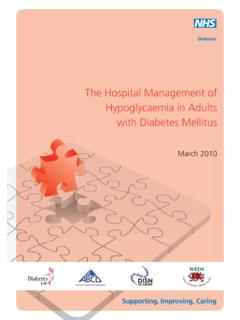

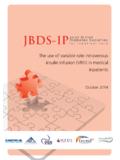
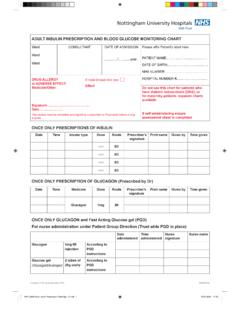
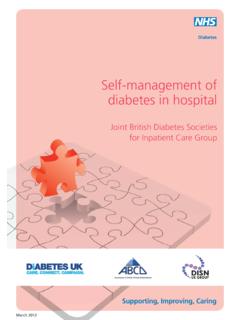
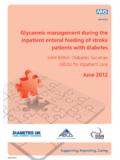
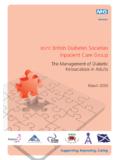
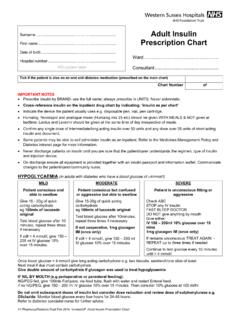
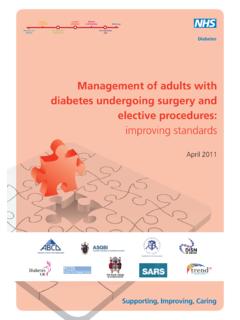

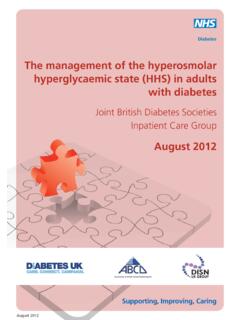
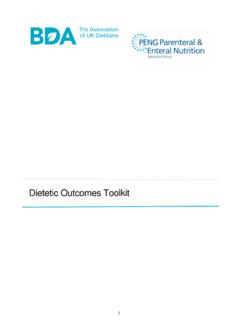
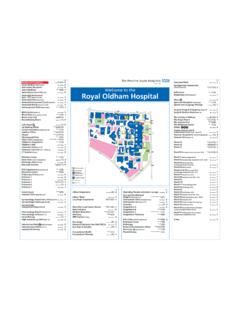

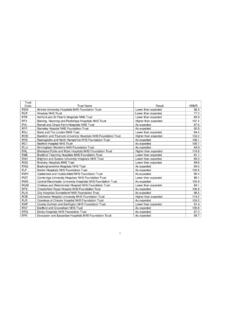
![Midlands [1 of 2] - hee.nhs.uk](/cache/preview/6/c/1/4/2/e/2/7/thumb-6c142e2790d053a442bd8a3e81c79697.jpg)
